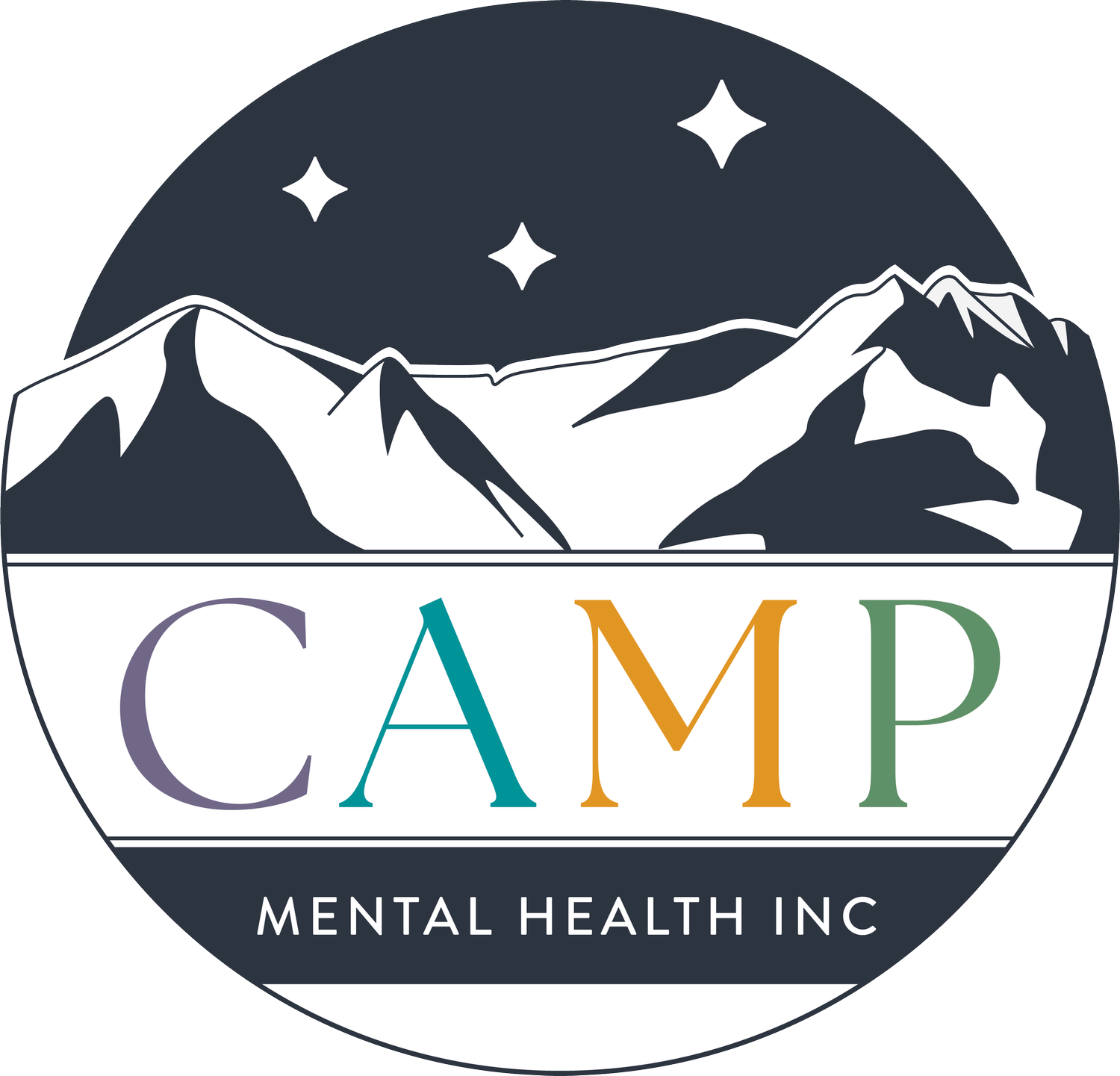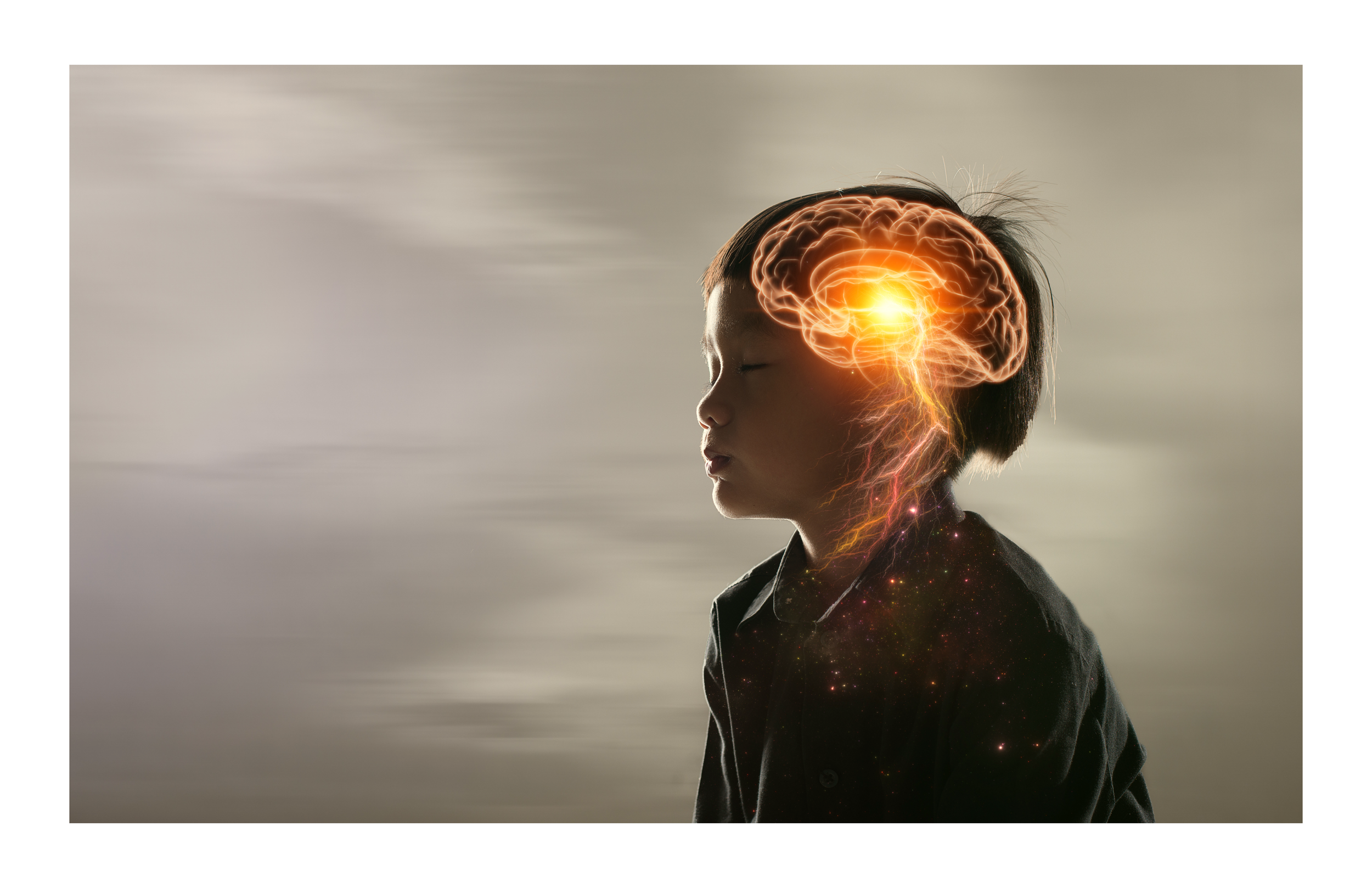10 BEST
Neuroscience-Based Hacks
to Support Your Kids Over March Break
(Without Overwhelm or Anxiety)
March Break can feel like a high-pressure mix of excitement, chaos, and exhaustion—for kids and parents alike. The change in routine, increased social demands, and unstructured time can make emotions run high, leading to meltdowns, power struggles, and decision fatigue.
The good news? Neuroscience gives us clear, practical ways to help kids regulate while keeping ourselves calm and present.
At CAMP Mental Health Inc., we don’t just focus on quick fixes. Our goal is to give parents the tools and strategies to create sustainable change. Many of these hacks will help in the moment, but if you want to truly shift the way your child regulates, responds, and builds resilience, our CAMP framework provides the deeper support you need.
Here’s your March Break survival guide, split into two sections:
✅ 1. Proactive Strategies (to prevent stress and dysregulation)
⚡2. In-the-Moment Strategies (to handle big emotions as they happen)
✅ Proactive Strategies
Set Your Kids Up for Success: These strategies help reduce stress and prevent emotional overload before it happens.
1. Protect Predictability (But Leave Room for Flexibility)
🧠 The Science: The brain craves predictability—it lowers stress and increases feelings of safety.
🛠 Try This:
Set up a visual game plan for the day with broad time blocks (Morning: Outside time, Afternoon: Quiet time, Evening: Movie night).
Use “anchors” (consistent mealtimes, bedtime routines) so even if the day is different, kids feel secure.
🚀 Why It Works: Kids with a sense of rhythm are less likely to be reactive and overwhelmed.
2. Meet Sensory Needs Before Big Outings
🧠 The Science: Overstimulation is real. Kids’ nervous systems can easily get overwhelmed by crowds, noise, and social interactions.
🛠 Try This:
Let them run, jump, or climb before heading into a stimulating environment.
Use a “sensory snack”—something that engages their senses before they enter a busy place (sucking on a smoothie, squeezing a fidget toy).
🚀 Why It Works: Meeting sensory needs first keeps their nervous system regulated, reducing meltdowns and shutdowns.
3. Let Kids “Sit in Mastery” Before Rushing to the Next Activity
🧠 The Science: Pushing kids to move on too quickly disrupts their confidence and motivation.
🛠 Try This:
If they just mastered riding their bike, let them enjoy it for a while before introducing a bigger challenge.
Reflect on their progress: “Remember when this felt hard? Now look at you.”
🚀 Why It Works: Sitting in mastery solidifies learning and confidence, making them more willing to take on future challenges.
4. Normalize Boredom Instead of Filling Every Moment
🧠 The Science: Boredom isn’t bad—it’s the brain’s way of switching from reactive to creative mode.
🛠 Try This:
Normalize boredom: “It’s okay to not know what to do right now.”
Resist the urge to fix it. Let them sit with the feeling before offering options.
🚀 Why It Works: The brain rewires during unstructured time, increasing creativity, self-regulation, and resilience.
5. Regulate Yourself First—Your Child’s Nervous System Matches Yours
🧠 The Science: Kids co-regulate with adults—meaning they absorb your emotional state before anything else.
🛠 Try This:
Pause before responding to meltdowns. Take one deep breath before speaking.
Narrate your own regulation: “I’m feeling frustrated, so I’m taking a breath before I decide what to do.”
🚀 Why It Works: Your calm signals safety to their nervous system, helping them regulate faster.
⚡ In-the-Moment Strategies: Handle Big Emotions Without Power Struggles
When meltdowns, resistance, or emotional overwhelm happen, use these strategies to help kids regulate in real time.
6. Use “I Am Available For” to Manage Energy and Avoid Power Struggles
🧠 The Science: Kids thrive on connection and struggle with open-ended time.
🛠 Try This:
Instead of saying, “I’ll help you later,” say, “I am available for 5 minutes to help build your LEGO tower.”
Stick to your time frame, then move on with confidence.
🚀 Why It Works: The brain loves clear time limits, helping kids feel secure in their connection and reducing endless negotiations.
7. Slow Down Transitions to Avoid Emotional Spillover
🧠 The Science: Transitions—shifting from one activity to another—are one of the biggest triggers for dysregulation.
🛠 Try This:
Preload expectations (“In 10 minutes, we’re heading inside”)
Use movement-based transitions (“Let’s hop like bunnies to the car”)
Let them carry an object from one activity to the next (a toy, a book)
🚀 Why It Works: These strategies activate the brain’s regulation system, making transitions feel smoother and reducing emotional spillover.
8. Say What You See Instead of Asking Open-Ended Questions
🧠 The Science: When kids are dysregulated, their brain struggles to process open-ended questions (“What’s wrong?”).
🛠 Try This Instead:
Instead of “Why are you upset?” say “I see you’re frustrated. It looks like you wanted more time.”
If you’re wrong, they’ll correct you—if you’re right, they’ll feel understood.
🚀 Why It Works: It reduces cognitive overload, making it easier for kids to move from reaction to reflection.
9. Give Their Brain a Story to Make Sense of Big Feelings
🧠 The Science: The brain seeks patterns and meaning—when something feels “too big,” kids struggle to process it.
🛠 Try This:
Narrate their experience without judgment: “You’re really upset about leaving the playground. That makes sense—it was so fun.”
Use visuals—draw or map out the day to give them a “mental movie” of what’s happening.
🚀 Why It Works: This keeps the prefrontal cortex engaged so emotions feel less overwhelming and more manageable.
10. Leave Out Down-Regulating Activities Instead of Forcing Calm
🧠 The Science: Kids don’t always know how to self-regulate in the moment—but their nervous system will naturally seek what it needs if given the chance.
🛠 Try This:
Leave out calm-down tools without forcing their use (coloring books, playdough, music, soft lighting).
Let them gravitate toward what helps them reset.
🚀 Why It Works: This removes the power struggle around regulation and helps kids learn to recognize what their body needs.
Why everything you’ve tried isn’t working:
5 parenting shifts that actually help.
Join our weekly newsletter and we will send you our tips – Instantly!
Sign up for the weekly newsletter and get ✨ Instant Strategies, 🛠️ Proactive Tools an the the 🧠 Neuroscience behind it.
This is just a small piece of what you will learn in the CAMP online course to manage challenging behavior in children.
Want These Strategies to Last? CAMP Can Help.
These tools will help in the moment, but if you want sustainable change that lasts beyond March Break, CAMP gives you a step-by-step system to create calmer days, stronger relationships, and a child who can regulate emotions for life.
Learn how to apply these strategies long-term with our CAMP framework:
More about CAMP:
Do tantrums and defiant behavior leave you feeling overwhelmed?
Are you frustrated by your own reactions?
Do you want to ask your kids to do something once, and have them listen?
Do you want to make a change now before behaviors escalate into bigger problems?
| Features | FREE | Basic | Bundle |
|---|---|---|---|
| $49 | $249 | ||
| Weekly Connection Newsletter | ✔ | ✔ | ✔ |
| All Self-Paced Online Course Access & Downloadable Resources | ✔ | ✔ | |
| Online Community Chat Group with Dayna-led Discussions | ✔ | ✔ | |
| Weekly 45-Min Group Coaching Calls with Dayna | ✔ | ||
| Printed Children’s Book ("I Don’t Want to Go") – First 30 Signups | ✔ | ||
| 1 FREE 1:1 Coaching Call with Dayna | ✔ | ||
This program is for you if you want a simple proven fix that creates a calm, connected home.
Hi, I’m Dayna!
As a Registered Clinical Counsellor with a Master’s in Counselling Psychology and a background in Education, I bring years of experience supporting children, youth, parents, and educators. My work as a teacher, school counsellor, and outdoor educator has shaped my understanding of child and youth development. CAMP was born from my personal and professional need for a practical tool to address challenging behaviour from a mental health perspective, bridging the gap between the needs of children and parents.
I can’t wait to introduce you to CAMP!
Dayna Haig-Conway, MA
Registered Clinical Counsellor,
Certified K-12 Educator & Infant Sleep Educator







